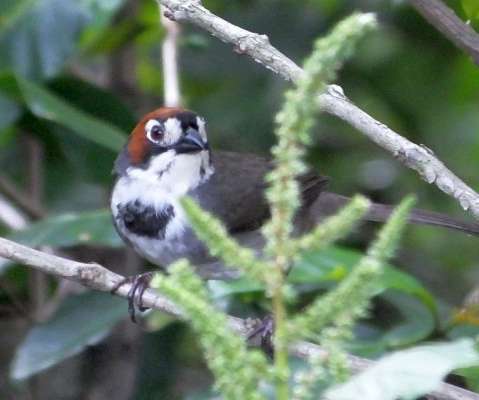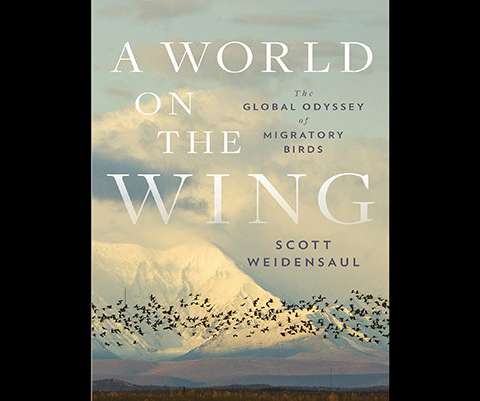“The Wise Hours” — a review
10,000 Birds
APRIL 14, 2023
In the human psyche, owls can be cuddly signs of good luck and benificence (as they are in Japan, and Harry Potter movies) and, at the same time, eerie and unsettling. Either way, they are perhaps more central to our stories and lore than other birds, a familiar example, as Darlington reminds us, being Shakespeare’s Macbeth.












Let's personalize your content